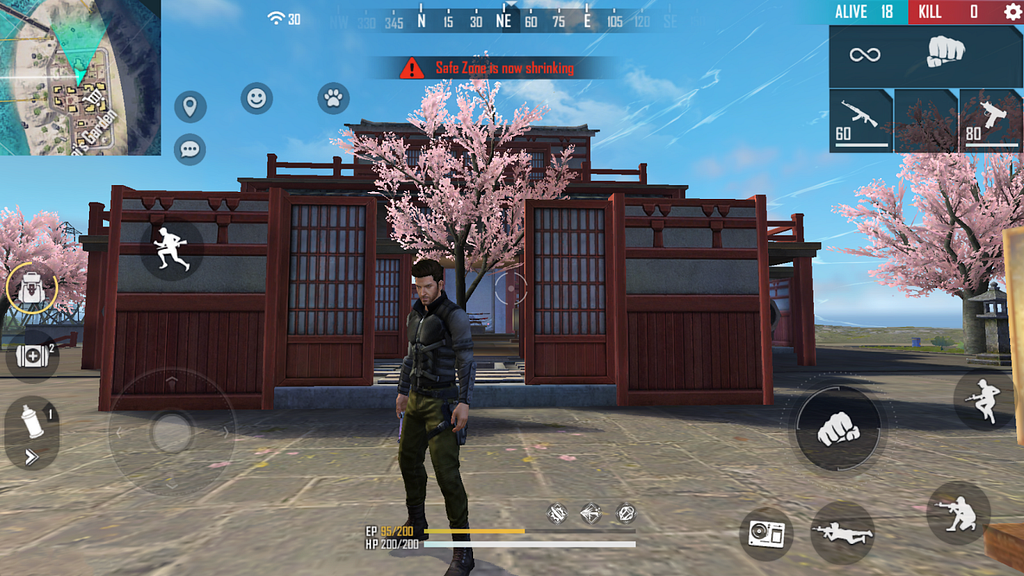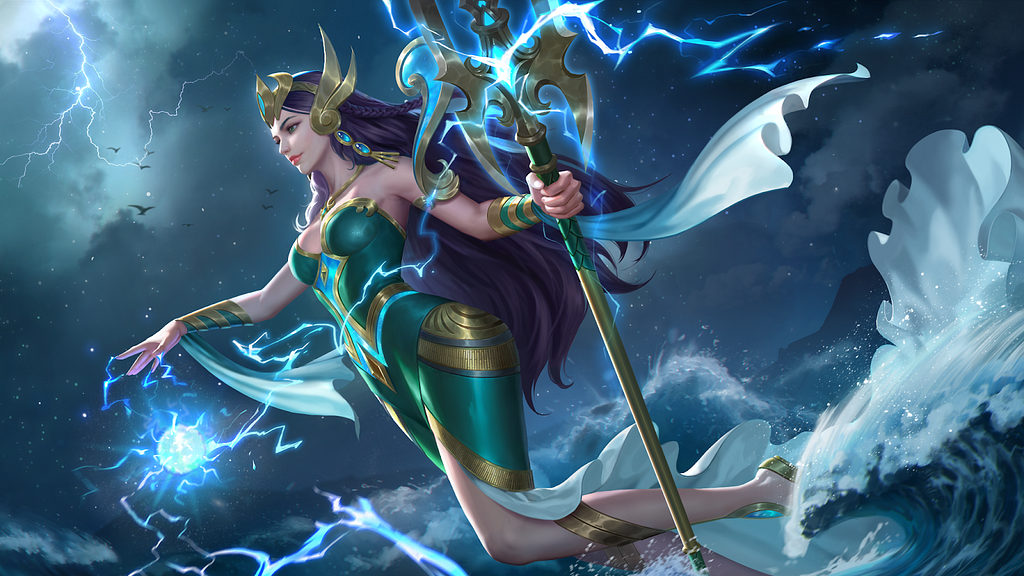Experiment with localized items and characters
Driving payer conversion in India and Southeast Asia — part 3 of 4We are building a series of articles with case studies on best practices to drive payer conversion in India and Southeast Asia. This post is the third in a 4-part series. You can read the first post here.Localization helps make your game more accessible and comfortable for players around the world. Introducing local items and characters goes beyond this to show local users that you want to build an experience that they will relate to and truly love. Users in Southeast Asia and India often feel that their favorite games are made for gamers in markets such as Western Europe and then launched in Southeast Asia as an afterthought. Local items and characters prove to local players that they were not an afterthought. They also differentiate your game from the other games not willing or able to localize in this way. Experimenting with local items in conjunction with seasonal events, such as Songkran or Diwali, is a powerful com


Driving payer conversion in India and Southeast Asia — part 3 of 4
We are building a series of articles with case studies on best practices to drive payer conversion in India and Southeast Asia. This post is the third in a 4-part series. You can read the first post here.
Localization helps make your game more accessible and comfortable for players around the world. Introducing local items and characters goes beyond this to show local users that you want to build an experience that they will relate to and truly love. Users in Southeast Asia and India often feel that their favorite games are made for gamers in markets such as Western Europe and then launched in Southeast Asia as an afterthought. Local items and characters prove to local players that they were not an afterthought. They also differentiate your game from the other games not willing or able to localize in this way. Experimenting with local items in conjunction with seasonal events, such as Songkran or Diwali, is a powerful combination. You can also check out our previous article on best practices to increase your game’s engagement using local events and holidays.
What should developers do?
- Create and launch local items that fit with your game story
- Adapt your game characters and items with local seasonal events
- Remember ABCD (Astrology, Bollywood, Cricket, Devotional) themes are always popular in India
- Be mindful of local cultural dynamics around costumes, locales, monuments, and food in Southeast Asia
Why is it important?
The local items and characters make players in India and Southeast Asia feel that you care about them and that the game is made for them. As a result, customizing local items such as costumes, characters, and vehicles make for very popular in-game purchases.
Experimenting with local characters opens up your game to a wider audience. Local characters can include a broad spectrum from characters with a local ethnicity to those based on local folklore or mythology. These characters can help you tap into audiences that otherwise might not have considered your game. Local preferences differ from the global market, so it’s important to make that extra effort to successfully localize your game.
How could developers benefit from it?
As we shall see from the case studies that follow, local items and characters usually generate buzz in the market, attract first-time players, and drive uplifts in first-time buyers and installs.
Developer Implementations
1. Free Fire introduced Jai Character (Hrithik Roshan) in India

Free Fire integrated a playable character called Jai. Based on the Bollywood superstar Hrithik Roshan, Jai came equipped with the Raging Reload skill; once an opponent is taken down, the gun’s magazine automatically gets reloaded by up to 25% of its capacity.

Featuring a Bollywood superstar as a playable character generated a lot of hype and overwhelming interest from players in India. Players could claim the character for free by completing in-game missions.
“At Garena, we believe in the power of localization. By offering our gaming community the unique opportunity to play as one of India’s most recognizable stars, we wanted to reaffirm our commitment to creating memorable experiences for our Free Fire communities across the globe.” — Harold Teo (Free Fire Producer, Garena)
2. MLBB introduced the Kadita character in Indonesia

Rooted in Indonesian mythology, the Mobile Legends: Bang Bang character Kadita represents Nyi Roro Kidul, the Indonesian goddess of the Southern Sea.

The character design integrates the unique characteristics of the local culture and the powers of the mythical goddess. The design is based on the element of water, and just like the goddess. In the game, Kadita can control the sea and can create waves, storms, and tsunamis.

“ The core design logic of Kadita’s Ultra is the huge waves, to highlight the South Sea goddess Nyi Roro Kidul’s characteristics. The positive response from the community to Kadita has encouraged us to keep investing in localization for our Southeast Asia players.” — Quan Hailong (Senior Hero Designer, Moonton)
3. PUBG Mobile introduced local items, including a local map, vehicles, landscapes, houses, and beaches in Thailand

PUBG MOBILE took inspiration from Thailand’s lush, tropical settings to create the Sanhok map and introduced localized wearable gear, such as the Batik outfit, to PUBG MOBILE 1.5: IGNITION. Batik is a traditional method of pattern dyeing originating from Indonesia. These resonated with the cultural identity of Indonesian players and further helped the game gain popularity in SEA.

“We were glad to see our players’ excitement and increased engagement when we introduced the Sanhok map and Batik outfit. We will keep developing local content in support of PUBG mobile fans around the world.” — Gaga Li (SEA Operation, PUBGM)
Conclusion
Using custom items and characters to localize your game are great ways to boost adoption. A localized item or character can root your game in the player’s local community and bring a sense of familiarity.
Players prefer and place a high emotional value on games that represent their culture. Adapting your game to take advantage of this opportunity will help drive greater success in Southeast Asia.
In the next article in this series, we cover best practices for creating a local influencer strategy and building the local community.
If you have questions, reach out to us at goglobal-insea@google.com.
Check out the infographic version of this article for easy sharing with colleagues here.
Experiment with localized items and characters was originally published in Google Play Apps & Games on Medium, where people are continuing the conversation by highlighting and responding to this story.
What's Your Reaction?





















